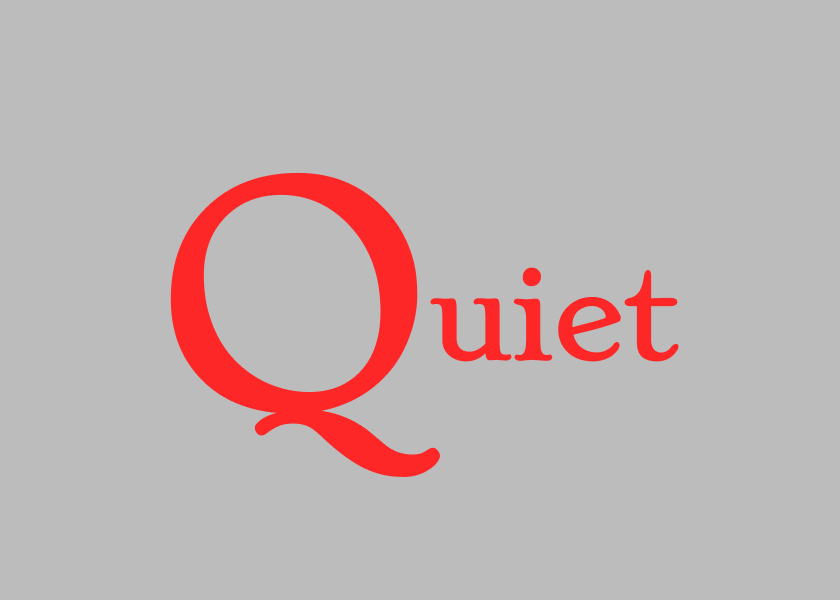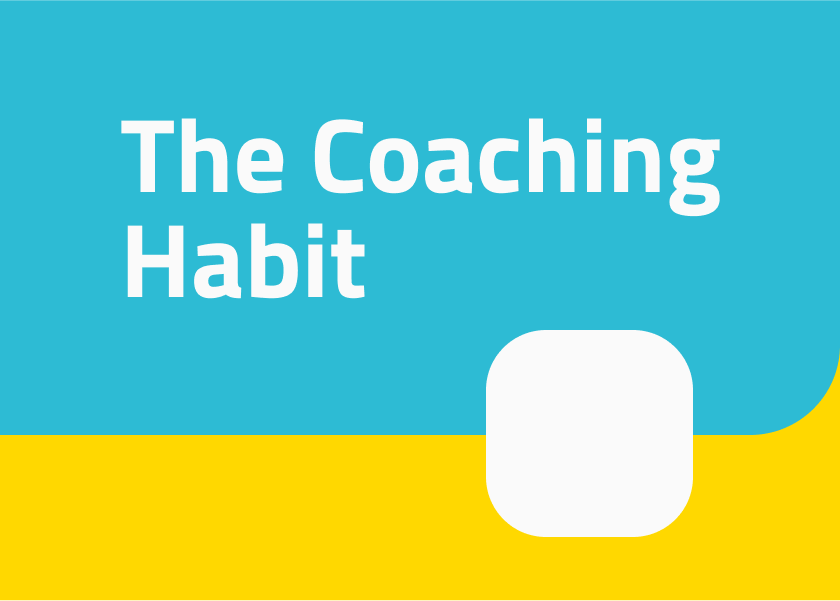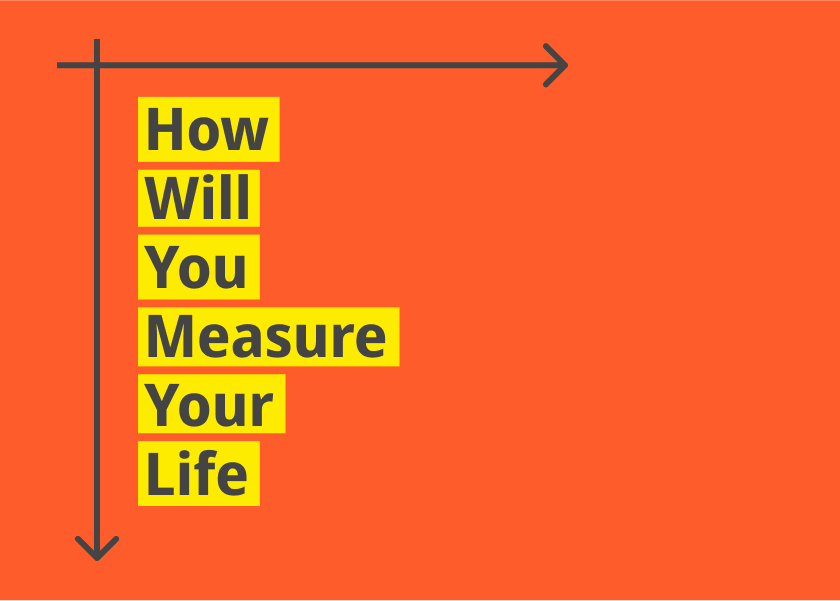Quiet by Susan Cain - Summary
In a world that favours extroverts, Quiet celebrates the power of introverts. Discover how introversion influences creativity, leadership, and relationships. Embrace your true self and unleash your potential. A life-altering journey awaits.

The following is a summary and review of the book Quiet by Susan Cain.
Listen to ShelfHelp's podcast summarising the book Quiet by Susan Cain.
Is Our World Too Loud? Discover Your "Quiet" Power
Are you an introvert navigating an extroverted world? Do you feel pressured to be more outgoing, more assertive, or simply louder than you naturally are? Quiet: The Power of Introverts in a World That Can't Stop Talking by Susan Cain offers a compelling exploration of introversion, its value, and how introverts can thrive in a society that often misunderstands them. This summary provides actionable tips and key insights, saving you time while inspiring you to embrace your authentic self.
Table of Contents
- About the Author
- Who Should Read This Book?
- Key Insights and Themes
- Detailed Summary
- Review
- Actionable Takeaways
- FAQs
- Conclusion
About the Author
Susan Cain is a writer known for her work on introversion and shyness. Her articles have appeared in The New York Times, Time, O Magazine, and PsychologyToday.com. Cain, a Princeton and Harvard Law School graduate, has taught negotiation skills to corporations and law firms. Her book, "Quiet," has garnered widespread acclaim for its insightful analysis and empowering message.
Who Should Read This Book?
Quiet is for:
- Introverts of all ages who want to understand and appreciate their own strengths. It offers a sense of entitlement to be yourself and a path to homecoming for those who feel the need to fix the way they engage with the world.
- Parents and educators seeking to nurture quiet children in a world that often overlooks them. The source material notes the importance of cultivating quiet kids in a world that can’t hear them.
- Managers and leaders who want to create more inclusive and effective work environments by understanding different personality styles.
- Anyone in a relationship with an introvert, be it a friend, partner, or family member, who wants to bridge the communication gap and foster deeper understanding.
- Extroverts may also benefit by learning about the strengths and perspectives of introverts, becoming more well-rounded leaders and communicators.
Key Insights and Themes
Here are the key takeaways from Quiet:
- The Extrovert Ideal: The book challenges the Extrovert Ideal prevalent in Western cultures, which values sociability, assertiveness, and being comfortable in the spotlight. Cain argues that this bias has led to the derision of quieter, more reflective qualities.
- The Power of Introversion: Introverts possess unique strengths, including deep thinking, focus, creativity, and leadership skills. The book underscores the importance of valuing substance over style.
- Biology and Temperament: The book explores the biological and genetic underpinnings of introversion and extroversion, noting that these traits are 40 to 50 percent heritable.
- Free Trait Theory: Cain introduces the concept of "Free Trait Theory," suggesting that individuals can act out of character in service of core personal projects. However, it is crucial to create restorative niches to recharge and remain authentic.
- Cultural Differences: The book examines how different cultures, particularly Asian cultures, view introversion and extroversion.
- Communication and Relationships: "Quiet" provides guidance on how introverts and extroverts can better communicate and understand each other in relationships and work environments.
- Leadership: Introverted leaders are often quiet, humble, modest, reserved, shy, gracious, mild-mannered, self-effacing, and understated.
Detailed Summary
Quiet is divided into four parts, each exploring different facets of introversion:
Part One: The Extrovert Ideal
- The Rise of the "Mighty Likeable Fellow": This section traces the history of how extroversion became the cultural ideal in the 20th century, shifting from a "Culture of Character" to a "Culture of Personality". The emphasis moved from inner virtue to outer charm, driven by self-help guides and advertising.
- The Myth of Charismatic Leadership: Cain challenges the notion that charismatic, extroverted leaders are always the most effective. She cites examples of successful introverted leaders who achieved great things through humility and determination.
- When Collaboration Kills Creativity: This section critiques the "New Groupthink," where constant collaboration is seen as essential for creativity. Cain argues for the importance of solitude and independent work for generating original ideas.
Part Two: Your Biology, Your Self?
- Is Temperament Destiny?: Cain delves into the nature versus nurture debate, exploring the biological basis of temperament and the "Orchid Hypothesis," which suggests that sensitive individuals can thrive or struggle depending on their environment.
- Beyond Temperament: While acknowledging the influence of temperament, Cain stresses the role of free will and personal choice. She offers advice for introverts on public speaking and overcoming their fears.
- "Franklin Was a Politician, But Eleanor Spoke Out of Conscience": This chapter examines the value of authenticity over coolness and highlights the importance of speaking out of conscience.
- Why Did Wall Street Crash and Warren Buffett Prosper?: Cain explores how introverts and extroverts think differently and process dopamine differently, influencing their decision-making and risk-taking behaviours. The text suggests that Wall Street might have benefited from having more introverts at the helm.
Part Three: Do All Cultures Have an Extrovert Ideal?
- Soft Power: This part examines the Extrovert Ideal in the context of Asian-American culture, highlighting the strengths of quiet persistence and thoughtful communication. It discusses how individuals from Asian backgrounds navigate the pressure to be more assertive in Western business culture.
Part Four: How to Love, How to Work
- When Should You Act More Extroverted Than You Really Are?: This section introduces "Free Trait Theory," which explains how individuals can strategically act out of character in service of core personal projects. It emphasizes the importance of creating restorative niches to maintain authenticity.
- The Communication Gap: Cain offers advice on how to talk to members of the opposite type, bridging the communication gap between introverts and extroverts in relationships.
- On Cobblers and Generals: This chapter provides guidance on how to cultivate quiet kids in a world that can't hear them, nurturing their unique talents and strengths.
Review
Quiet is a well-researched and insightful book that challenges conventional notions about personality and success. Cain's writing is engaging and accessible, blending personal anecdotes, scientific research, and historical examples to make her case.
Strengths:
- Empowering message: The book validates and celebrates the strengths of introverts, offering a sense of belonging and self-acceptance.
- Well-researched: Cain draws on a wide range of sources, including psychology, neuroscience, and history, to support her arguments.
- Practical advice: The book provides actionable strategies for introverts to thrive in various aspects of life, from work to relationships.
Weaknesses:
- Potential for overgeneralisation: While highlighting the strengths of introverts, the book could inadvertently reinforce stereotypes about extroverts.
- Limited focus on individual differences: The book primarily focuses on the introvert-extrovert spectrum, potentially overlooking the complexity of individual personalities.
Overall, Quiet is an important and timely book that offers valuable insights for introverts and extroverts alike.
Actionable Takeaways
How to apply these lessons in real life:
- Embrace Your Restorative Niche: Identify and create spaces and moments where you can recharge and reconnect with your true self.
- Negotiate a Free Trait Agreement: Communicate your needs to friends, family, and colleagues, explaining when and why you need to act out of character.
- Advocate for Solitude: Prioritise time for independent work and reflection, even in collaborative environments.
- Communicate Your Needs: Clearly express your communication preferences to others, whether it's preferring email over in-person meetings or needing time to think before responding.
- Seek Quality Over Quantity: Focus on building deep, meaningful relationships with a few close friends rather than spreading yourself thin with numerous acquaintances.
- Find Work That Matters: Pursue work that aligns with your values and passions, allowing you to tap into your natural strengths and feel more engaged.
FAQs
- What is "Quiet" about? "Quiet" explores the power of introverts in a world that often favors extroverts, examining how introversion influences creativity, leadership, and relationships.
- Is "Quiet" worth reading? Yes, especially if you're an introvert seeking self-understanding and empowerment, or if you want to better understand the introverts in your life. It challenges cultural biases and offers practical advice.
- What is the main message of "Quiet?" The main message is that introversion is a valuable personality trait with unique strengths, and introverts can thrive by embracing their authentic selves and finding environments that suit their needs.
Conclusion
Quiet is more than just a book; it's a manifesto for introverts and a call for a more balanced and inclusive world. By understanding and appreciating the power of introversion, we can unlock untapped potential in ourselves and others. Don't wait any longer to embrace your "quiet" strength. Start your journey today.
As an Amazon Associate, ShelfHelp may earn money from qualifying purchases. Needless to say, ShelfHelp only includes affiliate links to books we recommend and think are worth your time reading.



